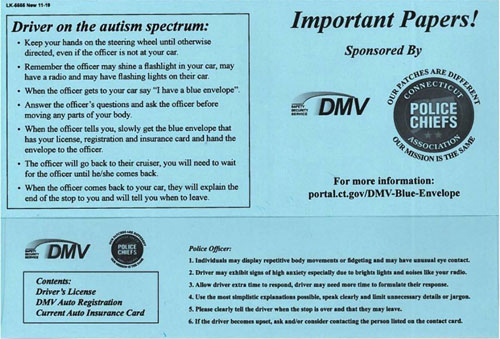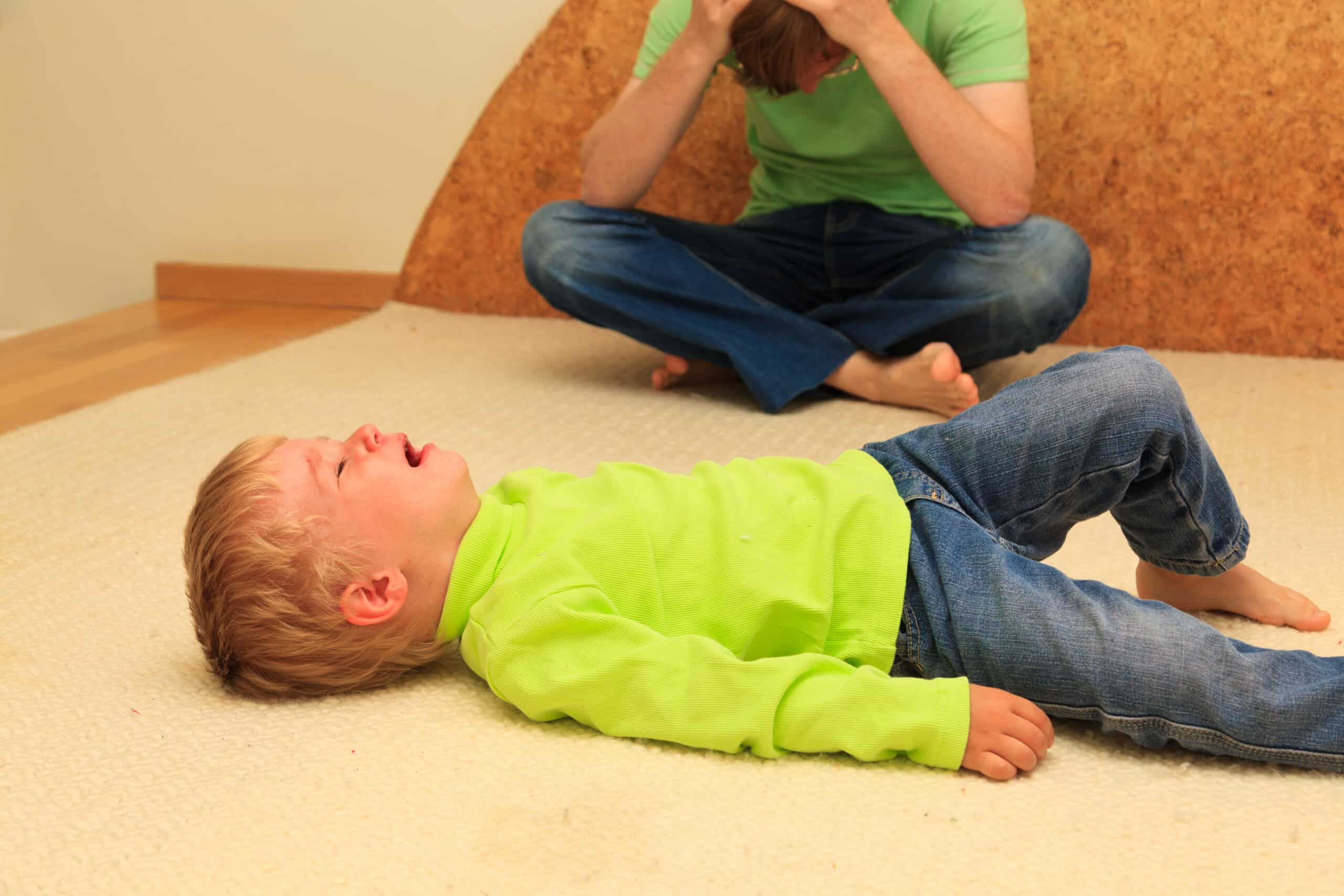Learning to drive. It’s a coming-of-age ritual that most teens and young adults relish. But for neurodiverse driver’s ed students, driving can present unique challenges that may require alternative learning approaches and specially trained instructors.
The good news? As rates of neurodiversity increase, organizations concerned with the wellbeing of neurodiverse individuals, and/or transportation safety, are beginning to adapt to the needs of these drivers.
Since autism can impact skills like sensory processing, motor coordination, executive functioning and communication, learning to drive can feel overwhelming for many neurodiverse teens and young adults. Therefore, it’s critical that driving instructors know what to do when a student become overstimulated, anxious or frightened and needs to take a break. Teachers must be patient, flexible, supportive and able to break down driving concepts into small, manageable pieces. They must get to know students well enough to recognize their strengths and weaknesses and to identify their unique learning styles.
For example, some learners respond well to visual aids such as schedules, diagrams, and video simulation while others may require tools like noise-reducing headphones, particular seat positions, or tinted lenses. Additionally, neurodiverse learners may need more time to process instructions and more hours of practice before they take on highway driving, parking and busy intersections.
Take advantage of the fact that neurodiverse students may be eligible for accommodations such as extra time, quiet testing spaces, or having a support person in the car during their driving lessons.
Once students master driving laws and techniques, there’s no reason they can’t become good drivers. Research from Children’s Hospital of Philadelphia showed that newly licensed autistic drivers have similar or even lower accident rates than their neurotypical peers.
While some neurodiverse teens may choose not to become drivers, others are highly motivated to learn to drive. Driving can be especially important for teens living in suburban or rural locations, who may need transportation to get to school and/or work. Without this life skill, teens and young adults may not be able to access academic or employment opportunities and their ability to live independent lives may be compromised. If at all possible, help your student to become a safe and competent driver.
Below are some resources that may help your neurodiverse driver to get on the road.
- AAA’s “Keys2Drive” for Neurodiverse Teens
Website: aaa.com/teens
AAA offers teen driving guides and individualized learning plans. - Children’s Hospital of Philadelphia (CHOP) Center for Injury Research and Prevention – Teen Driver Safety Research
Website: teendriversource.org
This resource includes research and tips specifically for autistic driving students. - The Driving Assessment and Training Program (University of Virginia)
Contact: (434) 924-5314
This source provides driving assessments and personalized training plans for people with cognitive or developmental disorders, including autism. - National Autism Association – Safety and Transportation Tips
Website: nationalautismassociation.org
This resource offers safety toolkits that can be adapted for driving, focusing on sensory needs, communication strategies, and stress management. - The Association for Driver Rehabilitation Specialists (ADED)
Website: aded.net
This source provides a directory of certified driver rehabilitation specialists, including those with experience teaching autistic individuals. - Autism Society – Local Chapters
Website: autismsociety.org
The Autism Society’s local chapters may offer suggestions for autism-friendly driver’s ed programs in your area.













